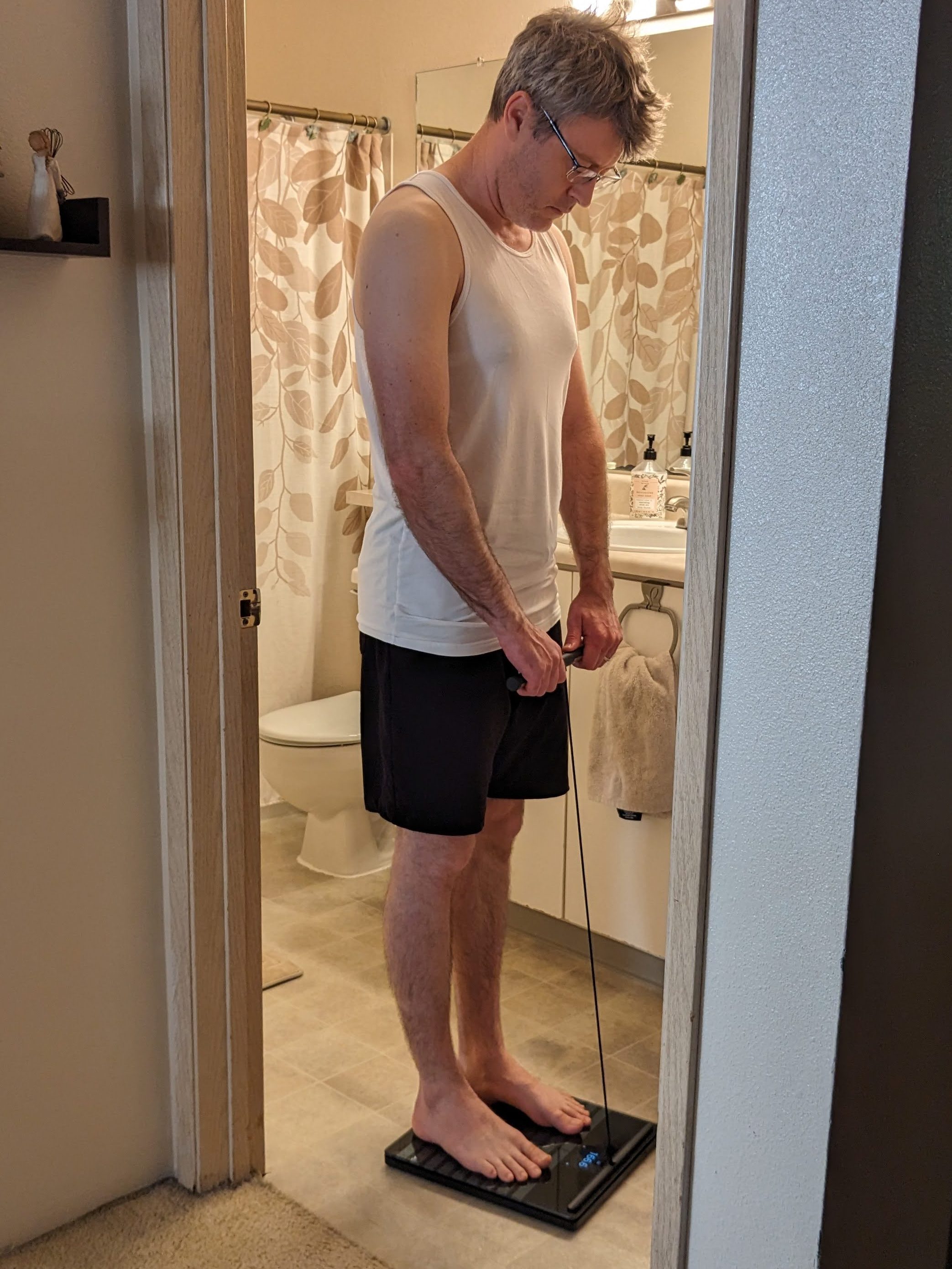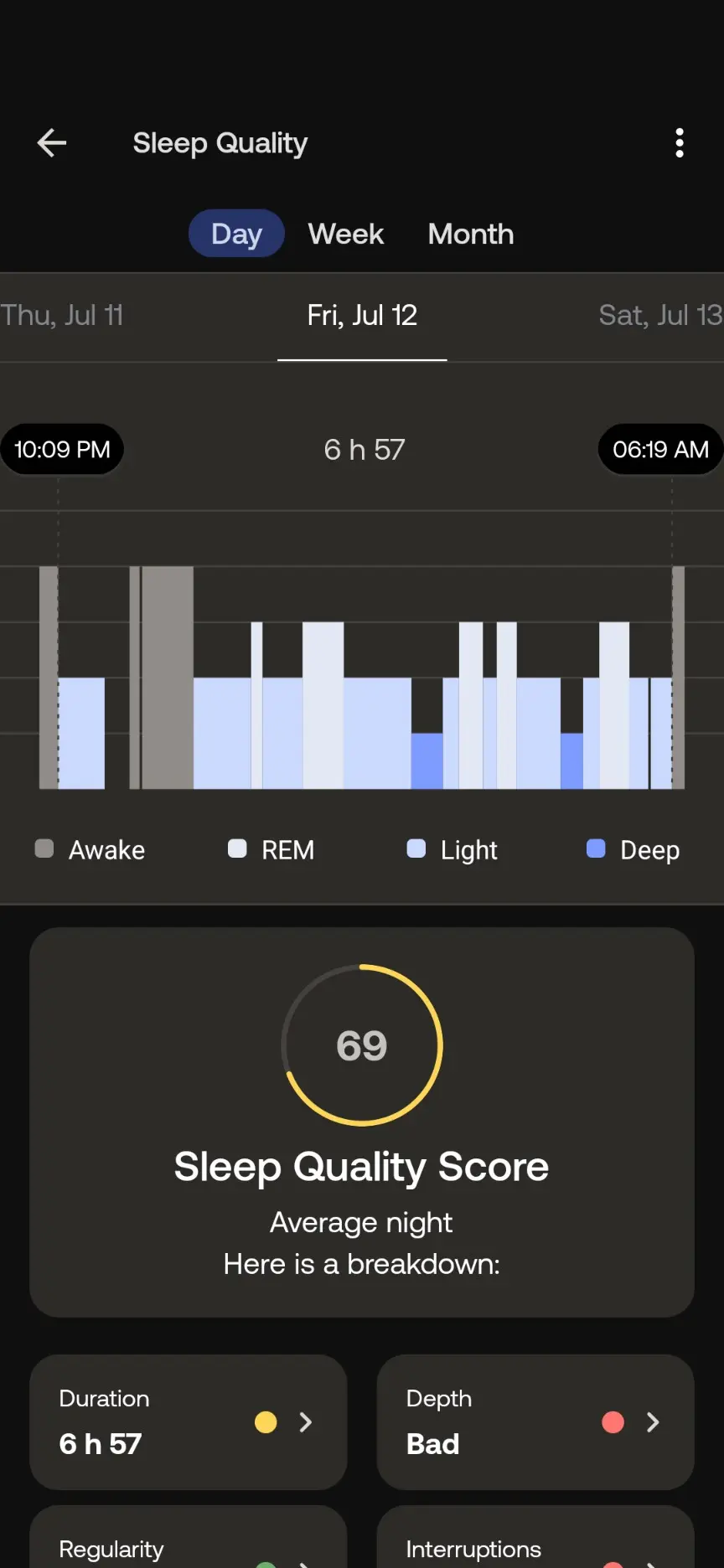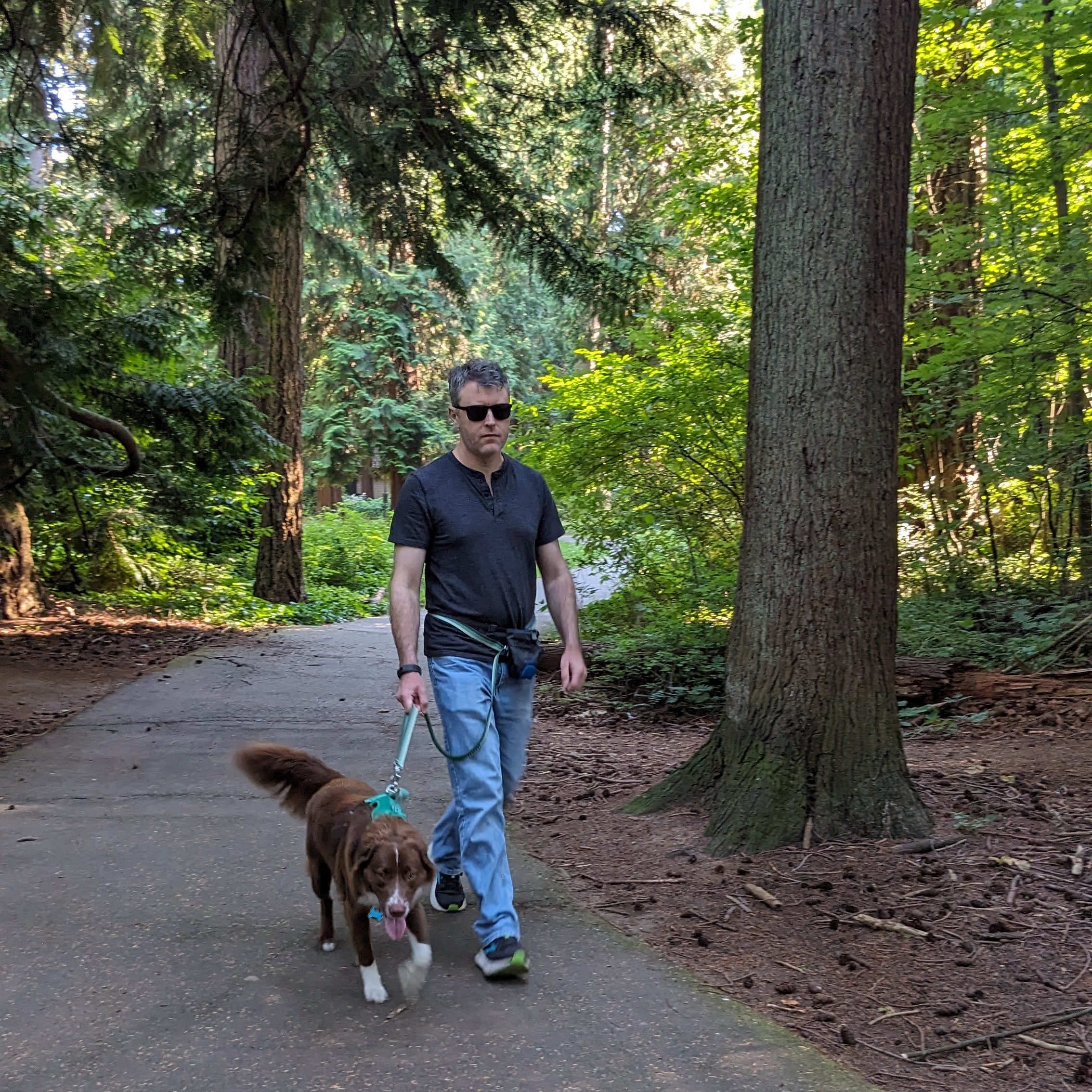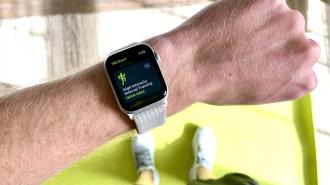The humble bathroom scale is easily the most frustrating of fitness devices. No, I’m not just saying that because I’m now middle-aged and have found them to no longer be the flatterers they once were. They deliver on their basic promise by providing me an accurate assessment of my weight — which is more than you can say for the sauna suits, TightMasters, abdominal stimulators, and other useless devices cluttering up the health-and-wellness space.
No, bathroom scales are frustrating because they implicitly boil down something as complex and multifaceted as a person’s health to a single number and one that isn’t always the best indicator of said health.
I can already hear the counter-arguments forming so let’s get those out of the way. Yes, being overweight has an association with health conditions such as heart disease and type 2 diabetes. Yes, excess weight can indicate less-than-healthy lifestyle habits. And yes, we all want to look good in a bathing suit.
That said, a true health assessment needs to account for more than one’s mass. You need to consider your cholesterol, blood pressure, daily activity, resting heart rate, recovery heart rate, relationship with stress, and much more. All of which can present health challenges regardless of one’s slim stature. Worse, our cultural tunnel vision surrounding weight can lead people to adopt unhealthy practices in managing it.
So, starting on my 40th birthday, I strapped myself to a series of devices to monitor my health in every way I could for 30 days. I created charts and graphs for my heart rate, breathing rate, metabolic rate — all the rates. I counted my steps, my calories, and my snores. And yes, I weighed myself every morning. All to see if better data could help me live a healthier life. Here’s how it went.

Every breath you take
According to Matthieu Menanteau, a product manager at Withings, a French consumer electronics company, there are three best practices to follow when using at-home health devices. First, be consistent and follow the recommended practices. Second, engage with the app and read the support information to help you understand the collected data. And finally, stay motivated. That can include support from friends and family as well as leveraging the educational content in the app.
With those guidelines in mind, I got up every morning and immediately scanned myself using a Withings Body Scan*. Yes, it is a “bathroom scale,” but the Body Scan analyzes way more than just my weight.
A retractable bar attached to the scale sends (thankfully imperceptible) electric pulses through my body. Those pulses allow the Body Scan to map my BMI, electrodermal activity (EDA, purportedly a measure of stress), and electrocardiogram (ECG, a measure of heart health). It even analyzes my body’s fat and muscle composition, as well as mapping where on my body I am building muscle and losing fat — or, depending on how I spent my weekend, the reverse.
I then strapped a Fitbit Charge 6 to my wrist for the entire day. This allowed me to calculate steps take, calories burned, oxygen saturation, breathing rate, and heart rate. With another app, Health Connect, I shared data between the Withings and Fitbit apps — which, for the most part, worked though sometimes the two apps wouldn’t play nicely together.
Finally, in the evening, I would use the Withings Sleep Analyzer to monitor my sleep patterns. The Analyzer is a pad that you place under your mattress. After a few nights of adjusting the pad for more accurate readings, I went to bed and woke up to a “sleep quality score” that detailed the duration, regularity, and depth of my sleep alongside an estimation of my time in various sleep stages.
And that’s that! Turns out, trying to connect every waking and non-waking minute of my day to some health-reading device was incredibly simple. Signing up for the various apps was the biggest hassle, and after a short adjustment period, the devices blended invisibly into my daily routine. Wake up, stand on the Body Scan for two minutes, double-check my graphs, slap on my Fitbit, and I’m off.
The challenge, as everyone has probably guessed, is what came next.
But why?
Despite my earlier rant, I admit that my initial goal was to sweat off some pounds persistently hanging around my midsection. But after a few days of charting my biometrics, I changed course.
The Body Scan revealed that my visceral fat — the really bad kind — was in the normal range. My overall fat mass was low for a man my age, and my muscle mass trended toward the middle of the bell curve. Sure, I’d still love to pose for an impressive “after photo” one day — to say nothing of having the confidence to do that — but my data revealed that losing those pounds would do more for my self-image than my physical health.
Where I really needed to step up was in chilling out. I was stressed out and my sleep-habit charts were a frightful mess. Sure, I was technically getting 6-7 hours of sleep according to my Sleep Analyzer, but it also informed me that my sleep depth was shallow and the interruptions regular.

Now, I’ve never been a morning lark, but I have recently found the day’s early hours to be a special kind of groggy hell. I’ve struggled to get up, been sluggish until my second cup of coffee, and been getting to work later than I would like — even though my commute spans no more than my apartment. My EDA scans also suggested that I was stressed several days of the week, no doubt much of that fueled by my caffeine intake.
So, I set about to improve my sleep, and although depth of sleep isn’t something one has much control over, research on the Withings app and the internet suggested ways I could enhance my sleep hygiene to improve my chances.
The new month-of-living-healthier plan was to:
- First, commit to a regular bedtime.
- Second, create a weekly workout plan and generally get with it.
- Third, reduce my daily caffeine and weekly alcohol intake.
- Finally, take yet another stab at developing a mindfulness habit.
Plan in hand, I spent the next several weeks crushing it … some days. Others were less successful. Afternoon runs sometimes devolved into awkward, sweaty walks. I would “lose count” of how much coffee I drank more than I care to admit. And right at the end, I came down with the worst flu I’ve had in half a decade, which did my circadian rhythm no favors.
Even so, I made it to the end of my little self-experiment, and the results were surprising — though not when it came to my sleep.
The results
I won’t lie: 30 days in and I’m still struggling at bedtime. I’m a father, puppy owner, and midnight mental rambler, so my healthier life plan proved a real challenge. I am seeing some headway, though. I’m rising earlier and enjoying mornings more than I have in a long time. Given my history, I’ll take it and hope to continue making progress in the months ahead.
What surprised me was how gaining a more holistic picture of my daily health and internal activity reshaped my habits in ways I didn’t plan for.
For instance, I didn’t care how many steps I took in a day at first, but then my wife and I started comparing notes. Those notes soon became scores. Those scores fueled a friendly competition. Suddenly, we were pushing ourselves to exercise that bit more each day to claim victory that week (with love and kindness, of course). That, in turn, led me to pay more attention to my heart rate, and I began challenging myself to improve it too.
In finding these small, previously hidden, daily wins, I could maintain my momentum even when my larger goals were lagging. The apps also recorded these wins in the form of helpful graphs and charts, which further motivated me. In fact, the Body Scan revealed that I did lose some body fat and gained muscle mass. Not enough for that sexy after photo (sorry). I’m still a before-photo kind of guy, but also not the kind of guy to overlook a helpful trend line.
The only true sour note was in mindfulness. While the benefits are well known to me, I can’t stick with any meditation routine for long. I’ve always found the practice more stressful than calming, and this go around was no different. But as Menanteau noted in our email correspondence: “Be patient with the process. Changes in health take time, but with consistent use and the right advice, you can make a big difference.”
So, I’ll keep at it. Better luck next time, right?

Finding your hidden wins
To be clear, I’m not claiming to have uncovered the secret to keeping the pounds off forever or living in golden health until your 120th birthday. Heck, I’m not even saying you should buy every health device I used or monitor your every existing minute.
Health trackers can be expensive and aren’t doable for everyone. The devices you choose (if any) will depend greatly on you and your health goals. If you are in the market, Menanteau recommends looking for a device that fits your needs, is easy for you to use, has a great app, and supports your unique health journey.
Even with the right device, metrics won’t motivate everyone the same. Some people will find such revealing data unsettling; others can become unhealthily obsessed with “winning” the fitness game. And most importantly: No home health device can offer a diagnosis or replace a good relationship with a compassionate, thoughtful primary care physician (though I plan to bring my data to my next check-up).
My self-experiment was simply to see how these devices supported the mental game, as well as the physical gains, of living healthier. In that regard, they can be helpful by revealing the many ways we unknowingly support our health. I think recognizing those small wins will help a lot of people keep up their momentum and enthusiasm. I kept trying to improve what I could and was happy to discover unexpected gains anywhere I could.
Because in the end, no one’s long-term health is determined by a stunning 30-day transformation or extreme diet or brutal exercise routine. It’s found in those small successes that encourage wholesome habits over a lifetime. And that’s something you just can’t measure on a bathroom scale.
As Menanteau told me: “Ultimately, understanding your health is part of your daily life.”
Author’s note: Withings provided Freethink with a Body Scan and Sleep Analyzer complimentary for this article.





